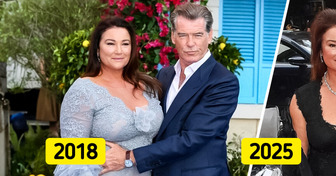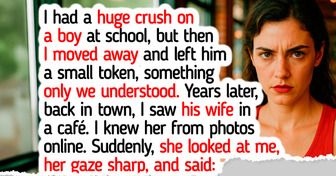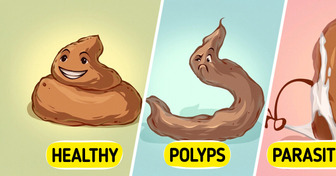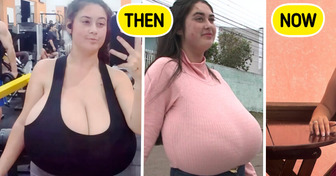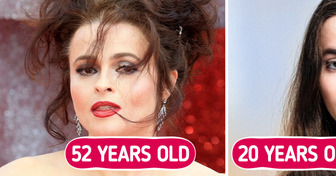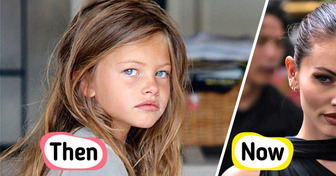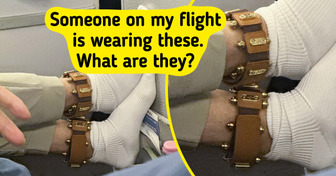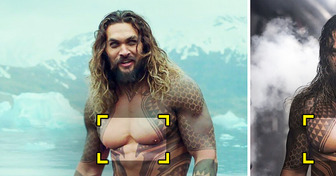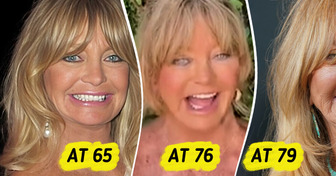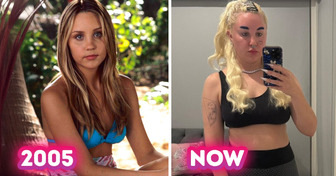Princess Catherine’s Recent Appearance Sparked Comments, “She Looks Very Unwell”
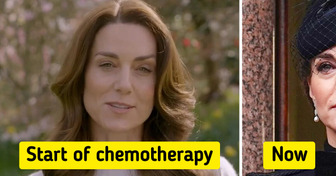
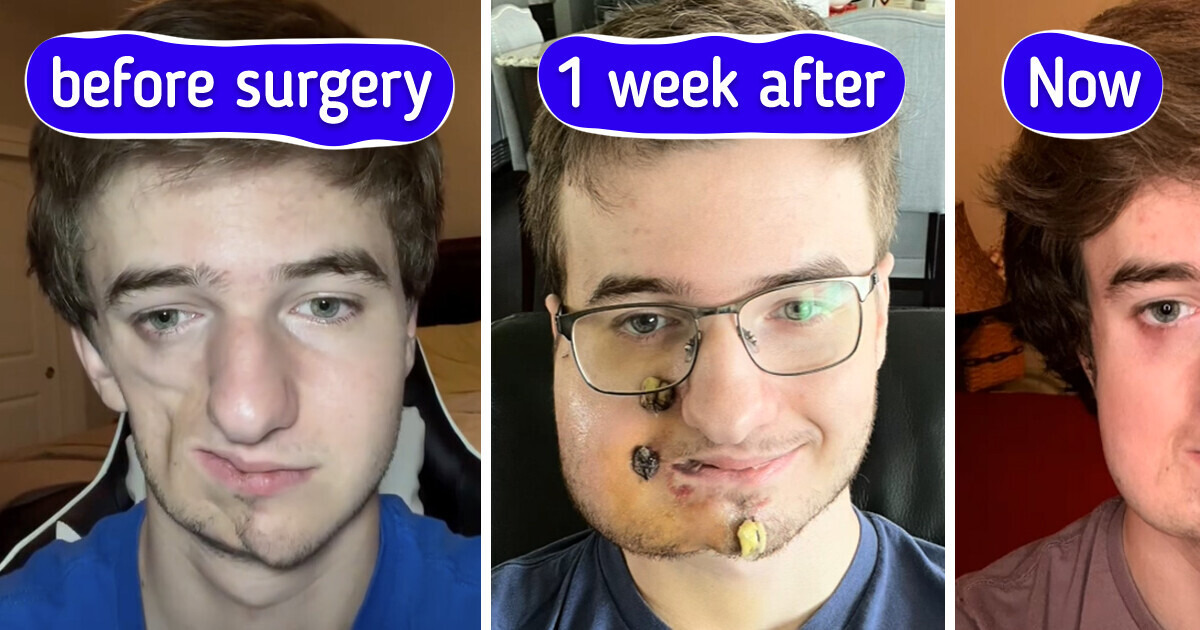
Parry-Romberg syndrome is a rare condition that often raises questions about its symptoms, treatment options, and the ways it can be managed. Lukas Caldwell, a 20-year-old living with this syndrome, is bravely sharing his experience to answer these questions and more. Through his personal journey, he offers insight into the challenges of living with the condition, the treatments that can help, and how his social media presence is playing a key role in raising awareness and supporting others facing similar struggles.
Lukas Caldwell, a 20-year-old college student from Nebraska, has become a beacon of hope and awareness for those affected by rare neurological diseases, particularly Parry-Romberg syndrome (PRS). With 3 million followers on TikTok and almost 110K followers on Instagram, Lukas has turned his social media presence into a platform for advocacy, using it to share his personal journey and raise awareness about the challenges that come with living with a rare disorder.
It all started when his mother noticed some unusual discoloration on the right side of his face. After several doctor visits and a biopsy, Lukas received the life-changing diagnosis: a rare neurological disorder that causes the skin and soft tissues on one side of the face to slowly deteriorate. The National Institutes of Health describes PRS as a condition that primarily affects the face, causing muscle, fat, and tissue to shrink, often leading to visible facial asymmetry. In Lukas’ case, the condition affected the right side of his face, causing his facial features to change gradually over the years.
PRS is a rare condition, estimated to affect only one in 250,000 people, though exact statistics are difficult to pinpoint due to misdiagnoses or the rarity of the condition itself. Most cases affect only one side of the face, but in rare instances, both sides may be affected.
The causes of Parry-Romberg syndrome are not fully understood. Some doctors believe it may result from an autoimmune response, while others think it may be related to genetics, though Lukas’ case is unique in that his twin brother, Ben, does not have the condition. This suggests that genetics may not be the strongest factor, and other environmental or biological triggers could play a role.
From a young age, Lukas had to navigate the challenges that came with living with PRS. As his condition progressed, he began to notice the physical changes, especially the way his face looked compared to others. “The gradual change over time is just something that’s hard to get used to,” Lukas told.
Growing up, he was treated differently by his peers and even some adults, who didn’t understand the cause of his facial changes. He was often the subject of teasing, with classmates calling him “half face” due to the noticeable asymmetry in his facial features. He recalled an incident at a Walmart when he was nine years old, where a cashier laughed at his appearance and asked, “What happened?” This moment stuck with him, as he didn’t know how to respond and felt self-conscious in front of a stranger.
While the early years of his life were marked by medical treatments, surgeries, and emotional struggles, Lukas found comfort and strength in the support of his family, particularly his twin brother Ben. Ben was unaffected by PRS and, while Lukas’ condition made him feel different, having his twin by his side provided a sense of normalcy and support. Ben served as a reminder of what Lukas could have looked like had he not been affected by PRS, and this gave him both comfort and motivation to keep pushing forward.
He has documented everything from doctor consultations to recovery processes, using his experience to normalize discussions about medical procedures and promote self-care. He hopes his transparency will inspire others to take care of their health, regardless of the condition they may face.
Since last year, Caldwell has also started documenting his treatment journey, showing his followers how he had braces put on and underwent jaw surgery.
In May, Caldwell underwent a three-hour surgery, during which fat was taken from his stomach and transplanted to his face. He shared everything with his followers, from the pre-surgery appointments to his recovery in the weeks that followed.
Caldwell shared that doctors plan to repeat the surgery in six months or a year to continue reshaping his face.
“When it comes to facial reconstruction, they have to take it step by step,” Caldwell said. “They would do it all at once if they could, but they simply can’t.” He added that he is likely to undergo more surgeries, and he plans to keep sharing his journey on social media.
Here’s the story of another surgery that saved both physical and emotional health. The young woman had a breast reduction, removing 10 kg of weight.

